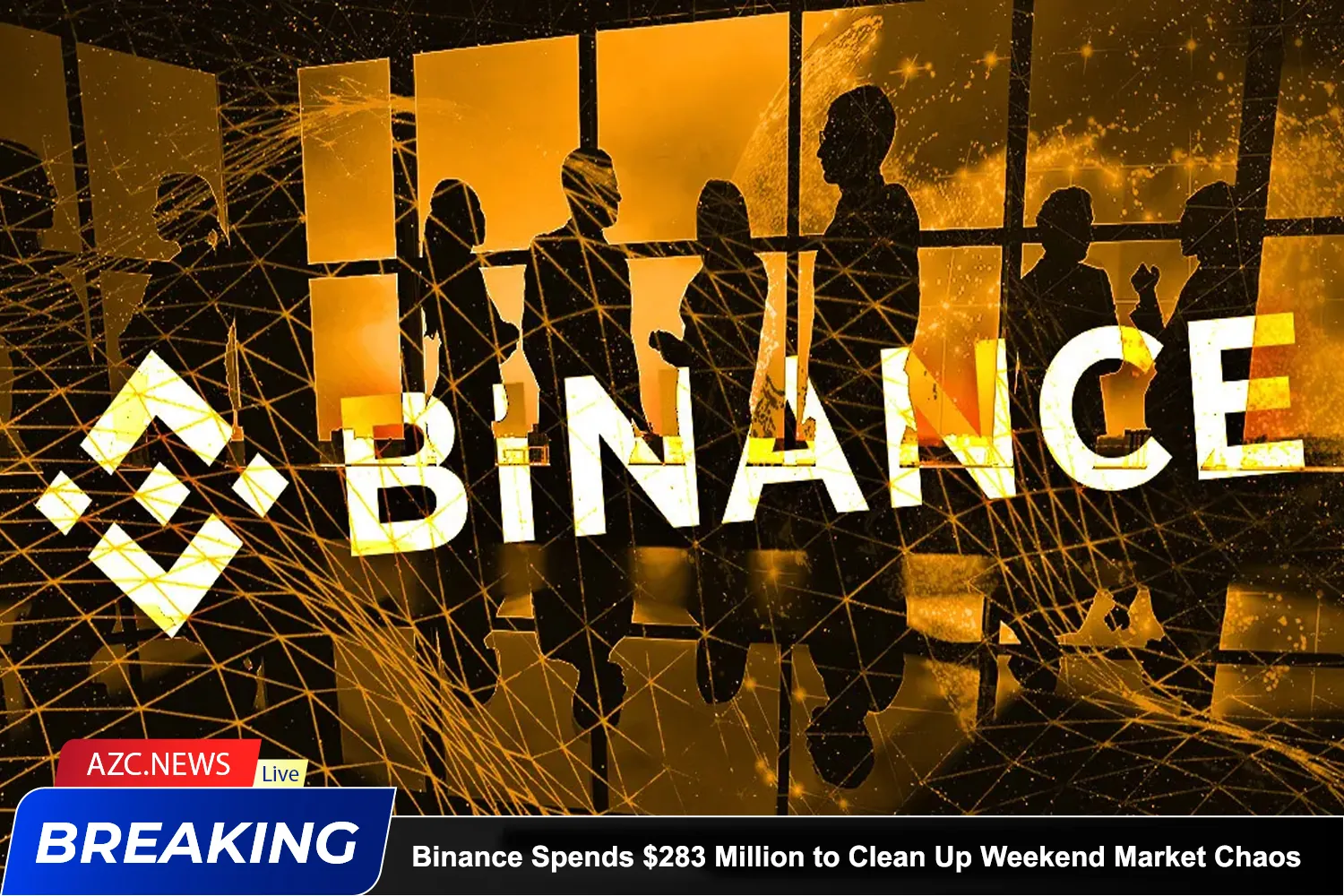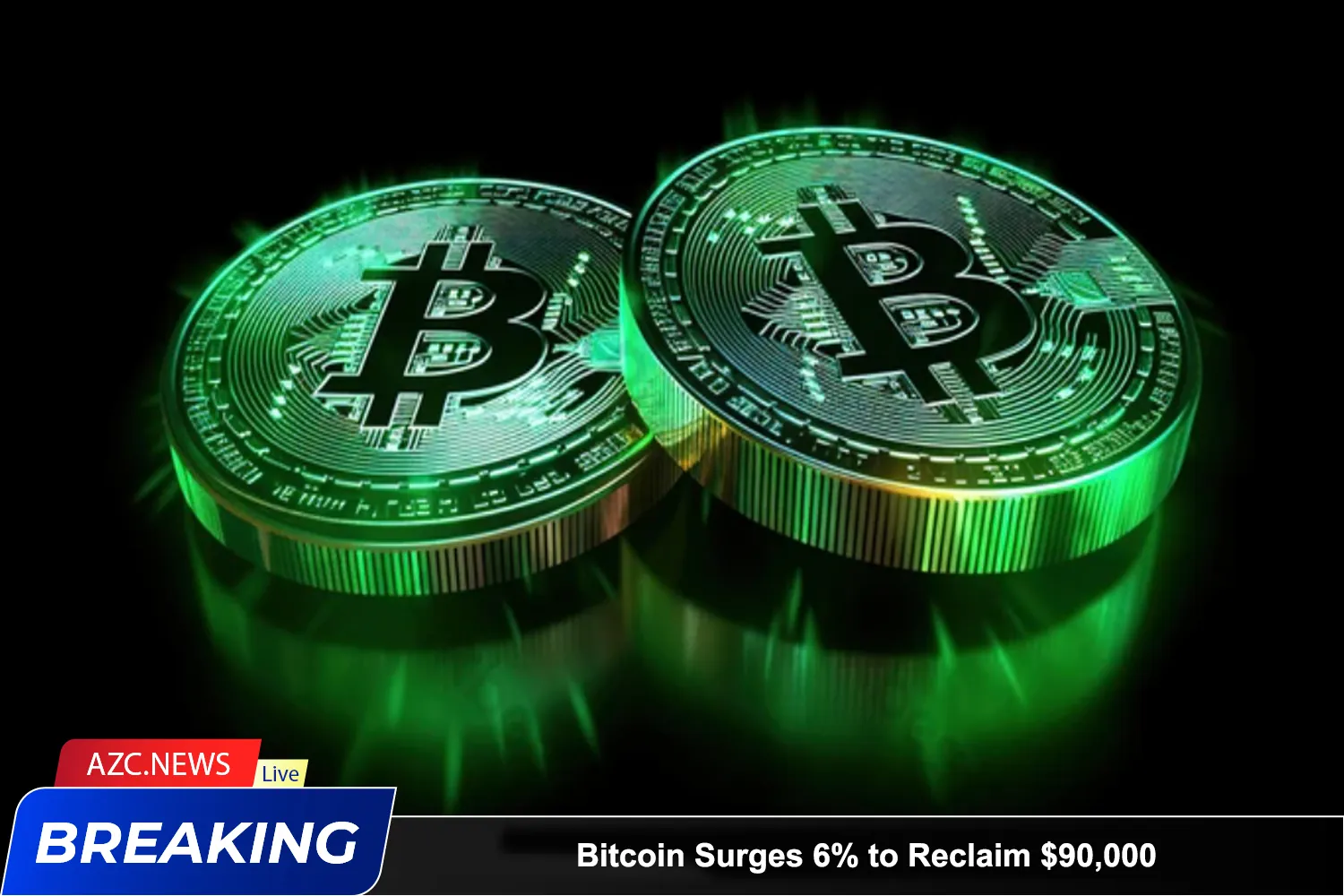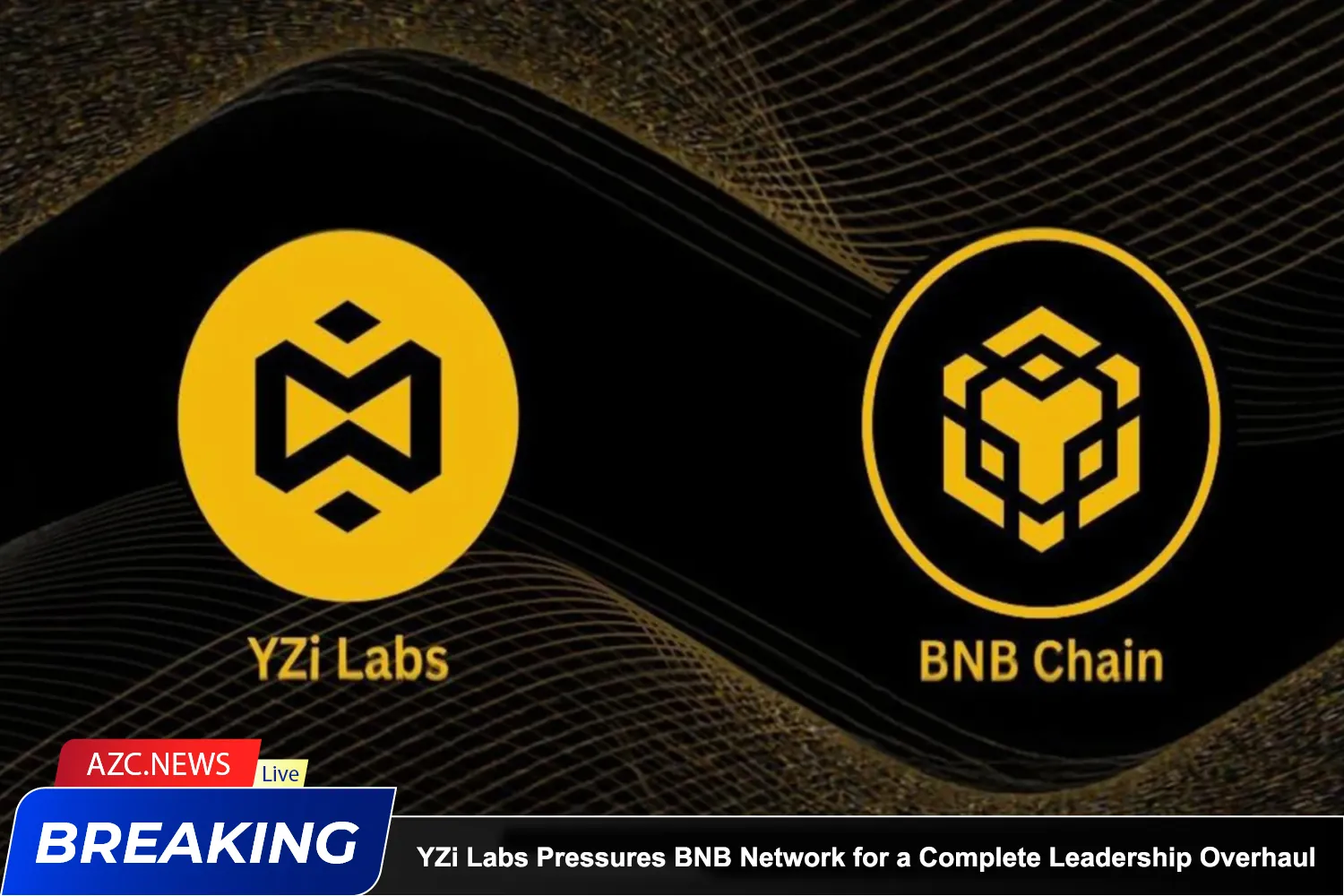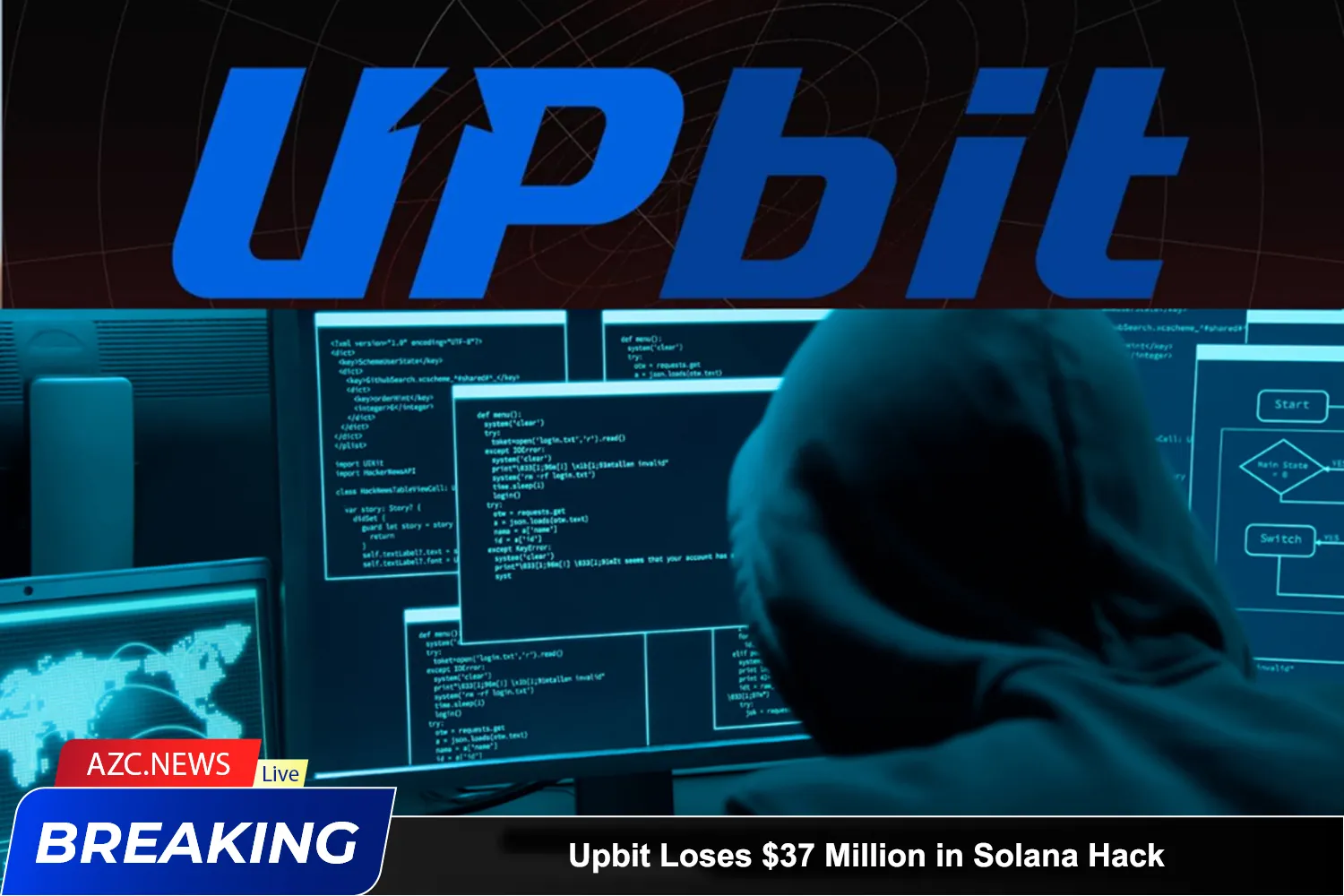According to Binance, the turmoil was caused by a combination of thin liquidity, long-dormant limit orders dating back to 2019, and user interface (UI) display errors.
Binance Compensates Affected Users with $283 Million
In an official statement released late Sunday, Binance emphasized that the incident was driven by “macro-level volatility” rather than any internal technical failure.
The exchange said global economic stress had triggered simultaneous sell-offs from both institutional and retail investors, leading to sharp price declines across the crypto market.
Addressing speculation that Binance’s systems may have malfunctioned, the exchange confirmed that its spot and futures matching engines, as well as API trading, remained fully operational throughout the event.
“The volume of forced liquidations on Binance accounted for only a small portion of total trading activity,” the statement read.
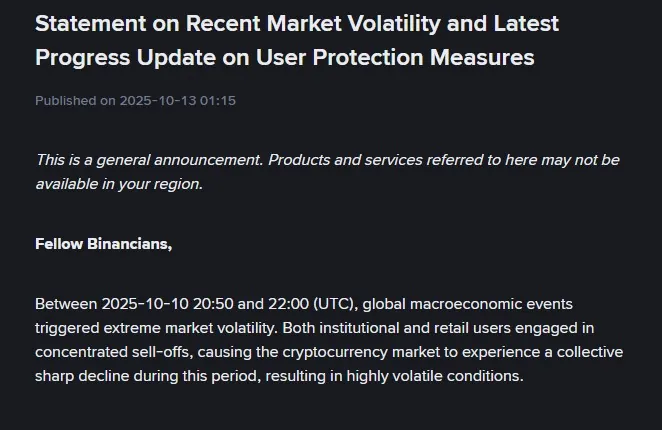
However, Binance acknowledged that certain assets — including USDe, BNSOL, and WBETH — temporarily depegged due to the market shock, causing liquidations of user positions that used these tokens as collateral.
The company said it acted swiftly, completing two rounds of compensation payments totaling approximately $283 million within 24 hours.
“For users whose positions were liquidated due to collateral assets losing their peg, Binance has taken full responsibility and reimbursed all losses. Compensation was distributed in two batches, totaling about $283 million USD,” the announcement stated.
What Really Happened: Old Orders and “Zero Price” Display Glitches
In a detailed post-mortem report, Binance revealed that part of the confusion stemmed from legacy limit orders still active on certain spot pairs — some of which had been open since 2019.
As liquidity thinned during the sell-off, these outdated orders were triggered at extreme prices, creating the illusion of flash crashes on pairs like IOTX/USDT and ATOM/USDT.
To make matters worse, UI display errors appeared after Binance adjusted tick size settings — the smallest allowable price movements — on several pairs, temporarily causing prices to display as zero in the trading interface. The exchange clarified that actual executions and API data remained correct throughout.
Binance confirmed that these display issues have now been fully resolved and pledged to continue optimizing its systems to prevent similar confusion in the future.
Reaffirming its user-first principle, Binance promised full transparency and ongoing updates for users still submitting compensation claims.
The company also clarified that the depegging of Earn products did not cause the market crash, but rather occurred as a consequence of broader market volatility.
“We remain firmly committed to addressing all issues responsibly and transparently,” Binance said.
This incident marks one of Binance’s largest compensation efforts in recent history, underscoring the delicate balance exchanges must maintain between liquidity management and system resilience in a market that never sleeps — even when traditional finance does.

